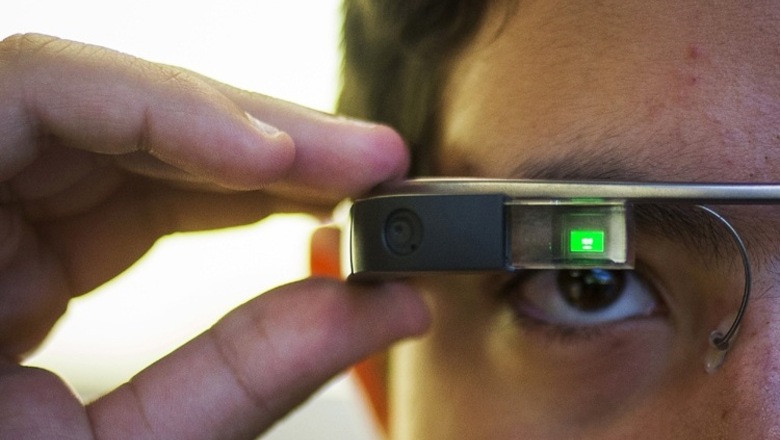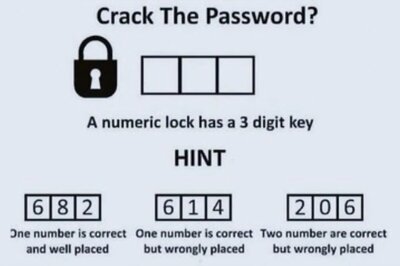
views
New York:Google Glass may be used to effectively extend bedside consults to distant healthcare facilities such as community and rural hospitals to diagnose and manage patients, researchers suggest.
"Glass is positioned perfectly as an emergency medicine telemedical device. It is small, hands free and portable, so you can bring it right to the bedside and have a real-time specialist with you when you need one," said Peter R. Chai from University of Massachusetts medical school.
Traditional telemedicine devices usually consist of large desktop or laptop computers affixed to a big cart that has to be rolled from one exam room to another exam room.
This limits both access and functionality in a busy emergency room setting.
Through the glass, the physicians can stream video of an exam, take and enlarge photos and consult with remote specialists.
In the study, emergency medicine residents at UMass Memorial Medical Centre performed 18 toxicology consults with Google Glass.
Physicians wearing Google Glass evaluated the patients at bedside while a secure video feed was sent to the toxicology supervising consultant. The supervising consultant then guided the resident through text messages displayed on the Glass.
With Google Glass, consulting toxicologists were more confident in diagnosing specific toxidromes.
Additional data collected showed that the use of Google Glass also changed management of patient care in more than half of the cases seen.
Specifically, six of those patients received antidotes they otherwise would not have.
"Placing an expert at the virtual bedside of the patient has huge advantages. It brings a specialist to patients that might not otherwise have access to that kind of expertise," Chai said.
Because Google Glass is relatively unobtrusive to patients, can be operated hands free and is extremely portable, it has a distinct advantage over traditional telemedicine platforms," he added.
The study was published in the Journal of Medical Toxicology.

















Comments
0 comment